When the summer heat kicks in, paw protection during walks is a must for our furry friends. Pet owners should know how to protect their dogs' paws from hot pavement to keep their canine companions comfy, cool, and safe.
Without the right precautions, your pup can suffer from burns, making outings a painful experience. Keep reading for simple and effective ways to prevent burnt paws, no matter how sizzling the sidewalks get!
Why Hot Pavement Is Dangerous for Dog Paws

Expect some serious damage if the pavement is too hot and your pup walks on it. The surface temperature can be much higher than the air temperature, turning the ground into a danger zone. Your pup's sensitive paw pads can suffer from burns or irritation.
Dogs' feet aren't made to withstand such extreme heat. That's why it's crucial to know the risks and take the right steps.
The Risks of Hot Pavement for Your Dog's Paws
Walking on scorching pavement can lead to painful burns, blisters, and permanent damage to your pet's paws. Their feet can handle rough terrain but not insane heat. Over time, repeated exposure can result in thickened, cracked, or peeling paw pads, causing discomfort and difficulty walking.
Dogs with sensitive paws, such as small breeds or short-coated dogs, are at higher risk. Check the ground before taking your furry buddy on a walk to avoid these agonizing results.
How Hot Pavement Can Cause Burns or Injuries
Searing pavement can cause burns so severe they affect your dog's ability to walk and cause permanent damage. A pavement temperature above 120°F can burn your pup's feet in just a few seconds. These injuries can range from mild redness to painful blisters and deeper tissue damage.
The longer your pet stays on hot surfaces, the higher the risk of serious injury. Protect them by avoiding exposure during peak heat hours.
Does Asphalt Get Hotter Than Pavement?
Yes, asphalt tends to get hotter than regular pavement. Asphalt absorbs more heat from the sun, making it a hotbed for burns. On a scorching day, the temperature of asphalt can reach over 140°F. Other types of pavement might only hit around 120°F.
This difference in surface temperature can be dangerous for your dog's paws. So, it's important to check both types before walking your furry friend in the heat.
How To Use a Pavement Temperature Chart for Dogs
A pavement temperature chart is a simple yet effective tool to help you gauge whether it's safe for your dog to walk outside. By measuring the ground temperature, you can avoid risking your pup's feet on hot asphalt or concrete.
Use the chart to determine the right time of day for walks, like early mornings. You can keep your dog cool, avoid heat stroke, and protect their foot pads with this helpful tool.
Pavement Temperature Chart for Dogs
A pavement temperature chart helps dog owners assess the safety of surfaces before going for a walk. It uses a color-coded system that shows when heat is safe or dangerous. Green means safe walking conditions, while red warns of dangerously hot surfaces. With this chart, you can quickly determine whether the temperature is within a safe range and avoid painful surprises during walks.
Asphalt Temperature Chart for Dogs
An asphalt temperature focuses specifically on asphalt surfaces, which can get much hotter. On days with high air temperatures, asphalt can quickly heat up and exceed 140°F. This temperature can burn your dog's paws in seconds.
This chart highlights different risk levels: green for safe, yellow for caution, and red for dangerous. Knowing how to read this chart can save your furry friend from the pain of burnt paws and help you plan safer walks during hot weather.
How to Safely Test Pavement or Asphalt Temperature for Dogs
The best way to check is by using the "seven-second rule." Place the back of your hand on the pavement for about seven seconds. If it feels too hot for your skin, it's definitely too hot for your pet's paws. You can also use a thermometer to check the temperature directly. If it exceeds 120°F, it's time to find a cooler path or wait until the ground cools down.
Tips for Protecting Your Dog's Paws on Hot Pavement
Protecting your dog's feet during hot weather is essential to keeping them comfortable and safe. Avoiding hot surfaces is the first step, but other ways exist to protect those sensitive paws. By walking during cooler parts of the day, using protective gear like dog booties, and sticking to shaded areas, you can make sure your pup stays safe from burns and discomfort.
Walk During Cooler Parts of the Day
The best time to take your furry friend out for a walk on hot days is early in the morning or late in the evening. During these cooler parts of the day, the pavement and air temperature are much lower, reducing the risk of burns or injury to your pet's feet. Your dog can enjoy their walk more without any discomfort.
Use Protective Dog Boots or Paw Covers
Dog booties or paw covers are helpful accessories that create a barrier between your dog's sensitive foot pads and the scorching ground, preventing burns and irritation. They're easy to put on and come in various sizes to fit most breeds. Whether it's searing asphalt or rough terrain, these booties can help keep your pup's feet comfy and protected during walks.
Stick To Shady Areas or Grass for Walks
Whenever possible, stick to shaded areas or grassy paths to keep your dog's paws cool. Unlike hot sidewalks, grass offers a much cooler surface for walking. Grass absorbs less heat and provides a softer, more comfortable walking experience. Plus, shady spots give your pup a break from the sun's intense heat, keeping them cool and relaxed during outings.
Limit Walks on Hot Asphalt To Prevent Injury
On extremely hot days, limit your canine friend's walks on asphalt. Asphalt can heat up quickly and stay hot for hours, putting your dog at risk. If walking on asphalt is unavoidable, go out during cooler times of the day or use protective dog boots. Even short walks on hot asphalt can lead to serious injuries, so play it safe and seek out cooler routes whenever possible.
How to Care for Dog Paws After Exposure to Hot Pavement
After exposure to hot surfaces, immediate care is essential to prevent long-term damage. First, inspect your pup's feet for any visible injuries like burns or blisters. Then, follow up with soothing treatments to help ease discomfort and promote healing. With a few simple steps, you can help your dog recover and prevent further issues down the road.
Inspecting Your Dog's Paws for Burns or Blisters
Inspect your canine companion's paws for signs of burns or blisters. Gently check each pad for redness, blisters, or peeling skin. If you notice any damage, clean the area with cool water and avoid putting pressure on it. Keeping an eye on your pup's feet after a hot walk can help catch any issues early and prevent infection or further discomfort.
Natural Remedies for Soothing Your Dog's Paw Pads

If your dog's paws look irritated or damaged from walking on scorching surfaces, natural remedies can help soothe and heal their feet. Aloe vera is a great option for calming redness and promoting healing. Also, coconut oil can moisturize and protect the skin.
For added relief, you can use CBD (cannabidiol) balms, which are famous for their soothing effects on irritation and discomfort. And to help ease your pup's anxious feelings and physical discomfort, you can turn to HolistaPet's quality CBD Dog Treats for Anxiety, CBD Calming Soft Chews, Broad-Spectrum CBD Oil, and CBD Capsules. We've got all-natural, vet-approved, and lab-tested options for caring pet owners like you!
Moisturizing Dog Paws To Keep Them Healthy
Keeping your dog's paws moisturized is essential for long-term health. Dry, cracked skin is more susceptible to injury and discomfort. Use a balm or cream to hydrate and protect the pads. Regular moisturizing will not only help with recovery but also prevent further issues, keeping your pup's feet soft and smooth.
When To Seek Veterinary Help for Paw Injuries
If your dog's paws show signs of serious injury after walking outside, seek veterinary attention immediately. Burns, deep blisters, and signs of infection need professional care to prevent further damage. Don't wait for the injury to worsen; take action as soon as you notice any troubling symptoms. Early veterinary attention can help reduce the risk of long-term problems and get your furry buddy back to walking comfortably again.
Signs Your Dog's Paws Need Immediate Medical Attention
If your canine friend's feet have suffered from heat exposure, certain signs require immediate action. Look for the following:
- Severe Redness or Swelling. Indicates a serious burn or injury.
- Blisters or Broken Skin. Could lead to infection if not treated.
- Limping or Reluctance to Walk. A sign that the injury is causing pain.
- Signs of Infection. Such as pus or an unpleasant odor.
- Excessive Licking or Biting. Can indicate discomfort or injury.
How To Prevent Long-Term Paw Damage From Hot Pavement
To prevent long-term damage after heat exposure, be sure to take immediate action. Regularly inspect your pet's feet for signs of wear and treat them with soothing remedies. Avoid frequent exposure, and consider using paw protection during walks.
In addition, keep your pup's paws moisturized and avoid overexertion during walks in extreme heat. By taking these precautions, you can ensure your dog stays healthy and strong for years to come!
Final Thoughts on Protecting Your Dog's Paws From Hot Asphalt
During scorching summer days, protecting your canine bestie's feet from hot asphalt is essential. With a little extra care—whether that's checking the ground temperature, choosing shaded routes, or using protective booties—you can prevent agonizing burns and keep your pup comfortable.
Always stay alert for signs of injury and use the right remedies to help your furry companion heal. And if your anxious pup needs extra help, HolistaPet offers natural products that can soothe discomfort and support recovery. Stay safe, and keep those paws cool!






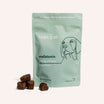
![Probiotics For Dogs [Soft Chews] - HolistaPet](http://www.holistapet.com/cdn/shop/files/Probiotic-Infographic-1_472d7a29-e30c-435a-9638-1365d8c3a9f9.jpg?v=1725384841&width=104)
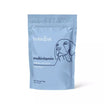



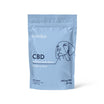
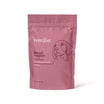
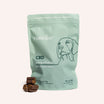


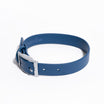
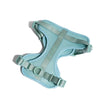
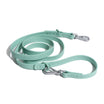

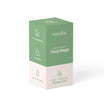
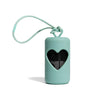
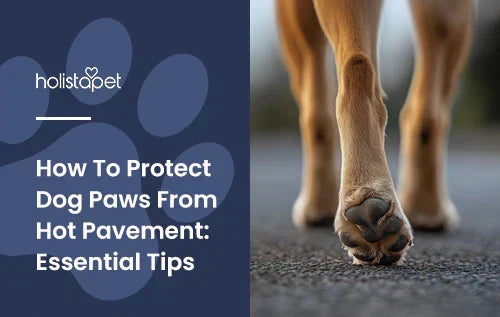




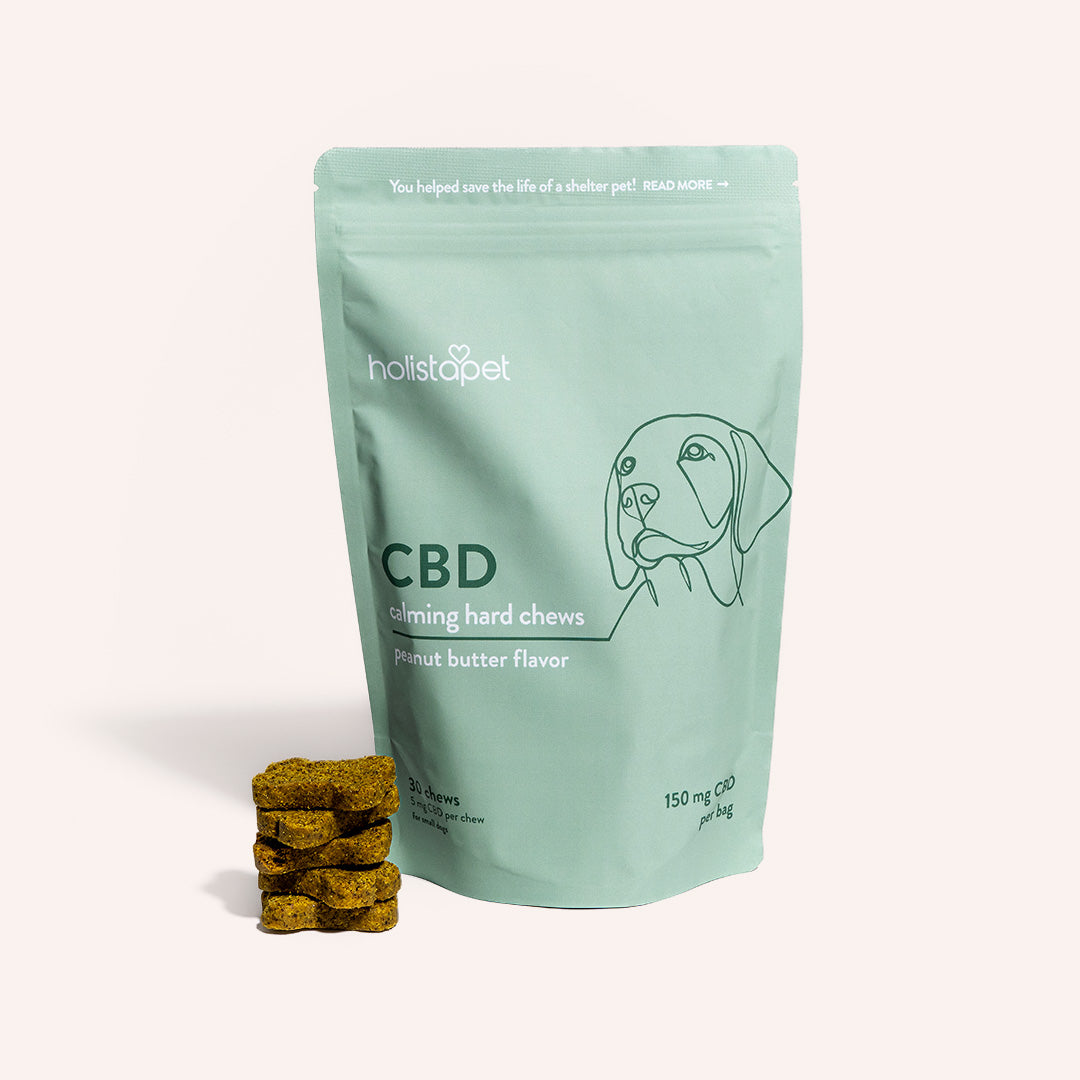
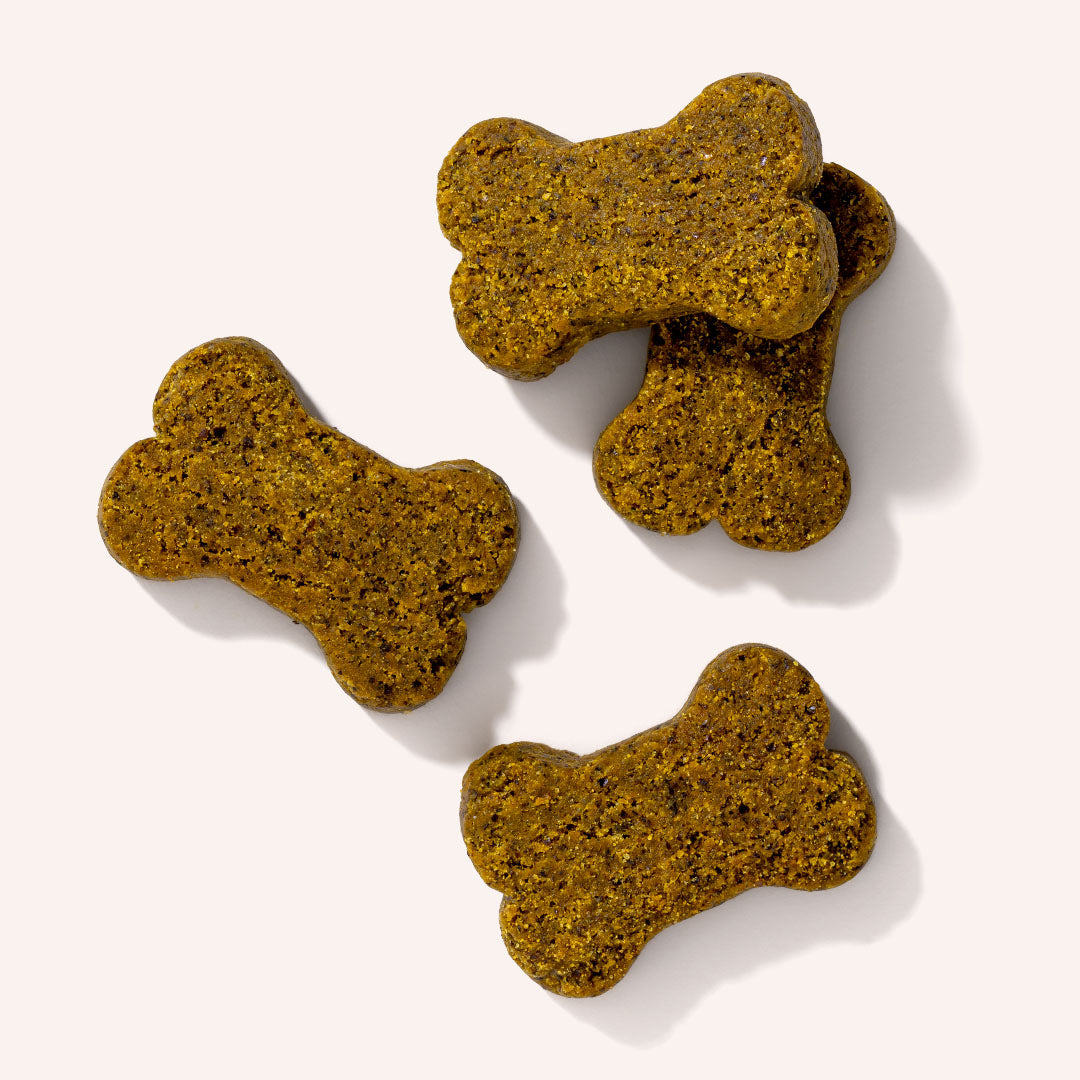

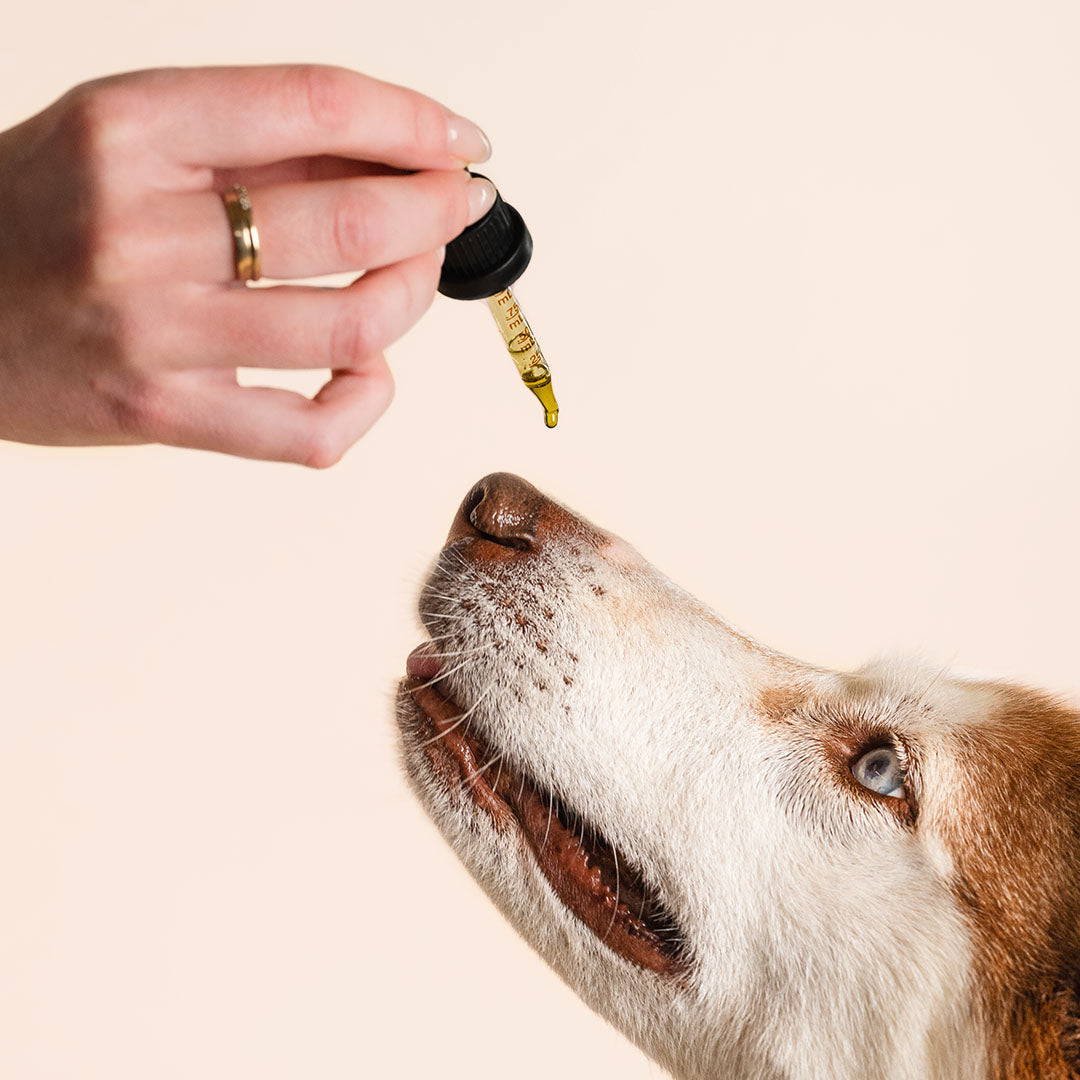


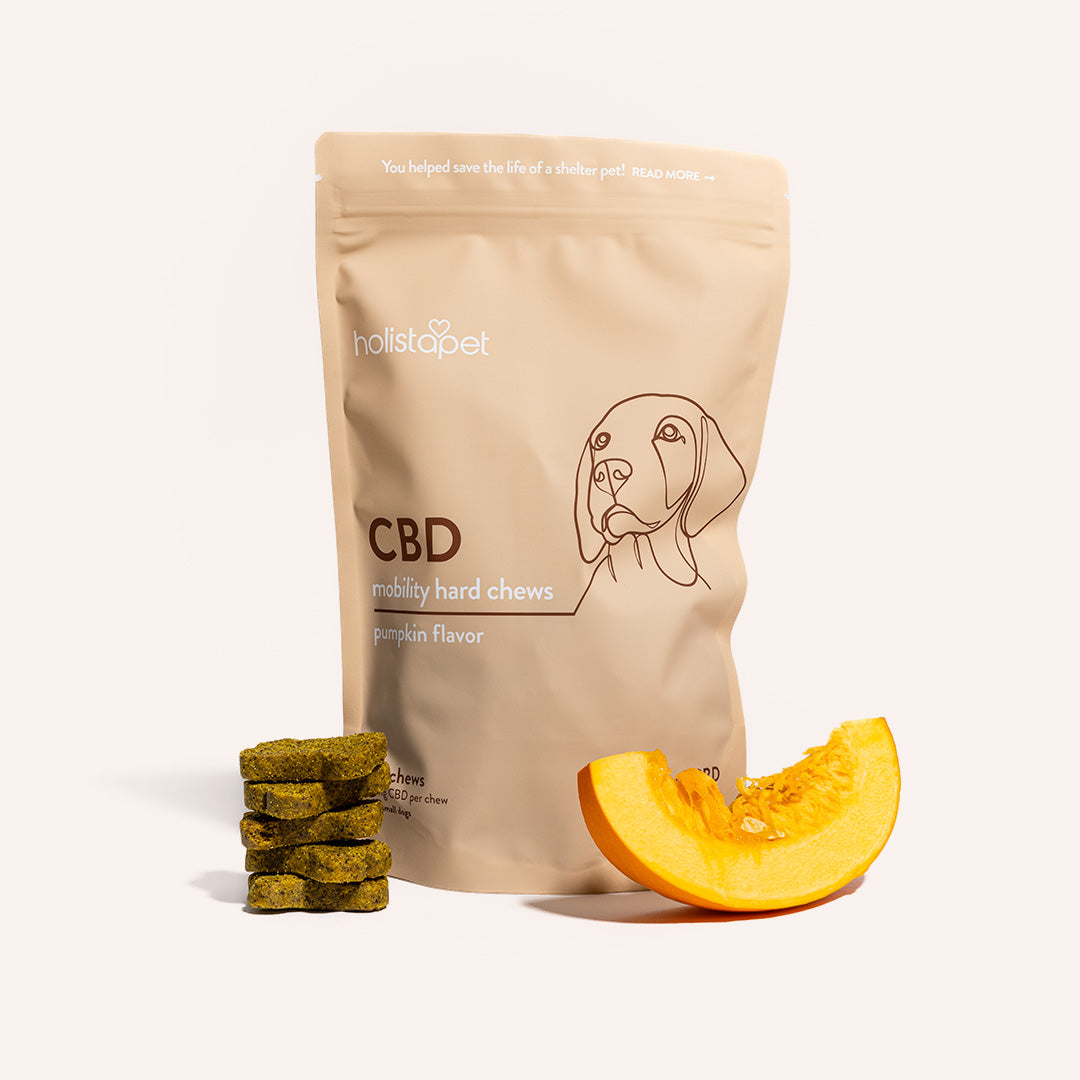
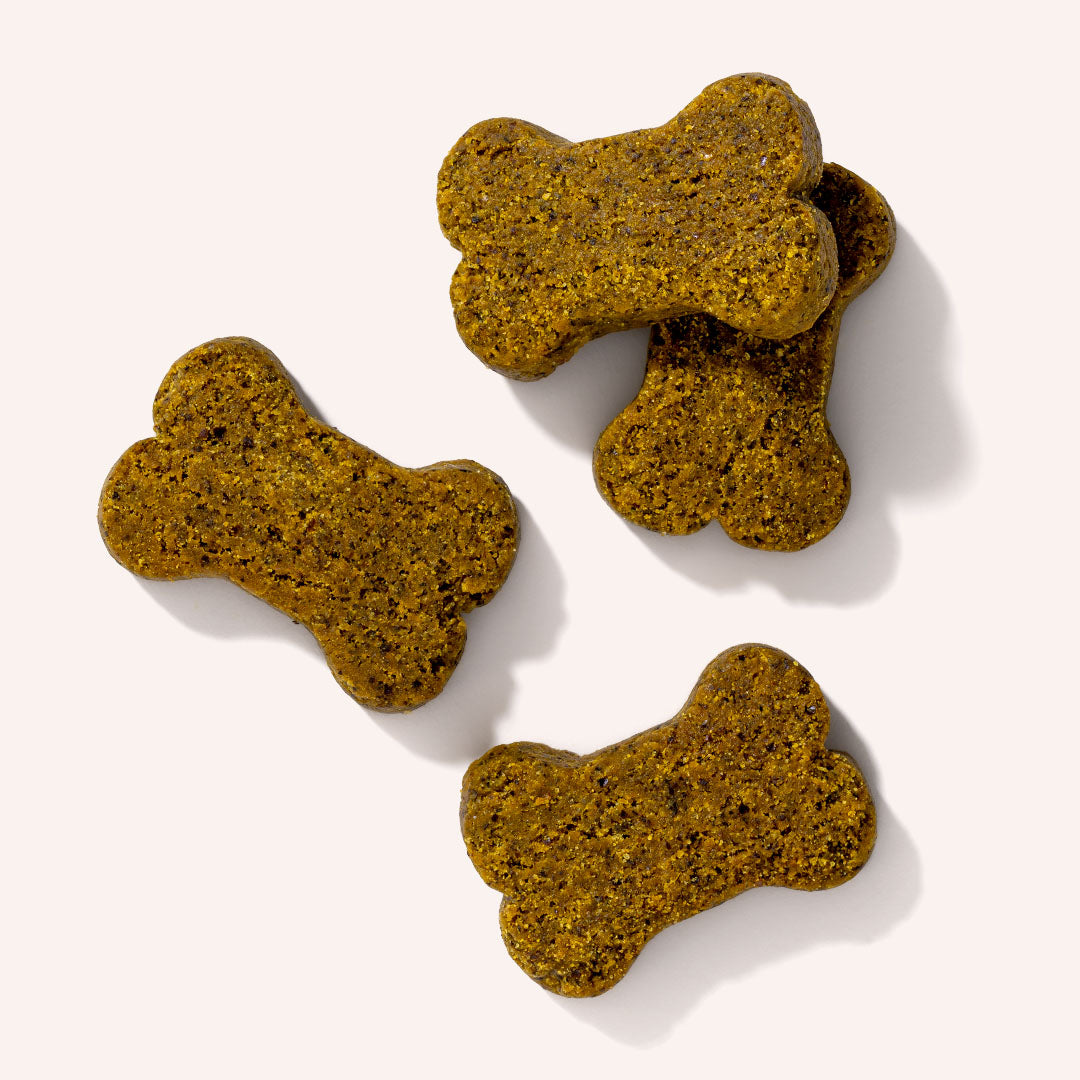

Leave a comment
All comments are moderated before being published.
This site is protected by hCaptcha and the hCaptcha Privacy Policy and Terms of Service apply.